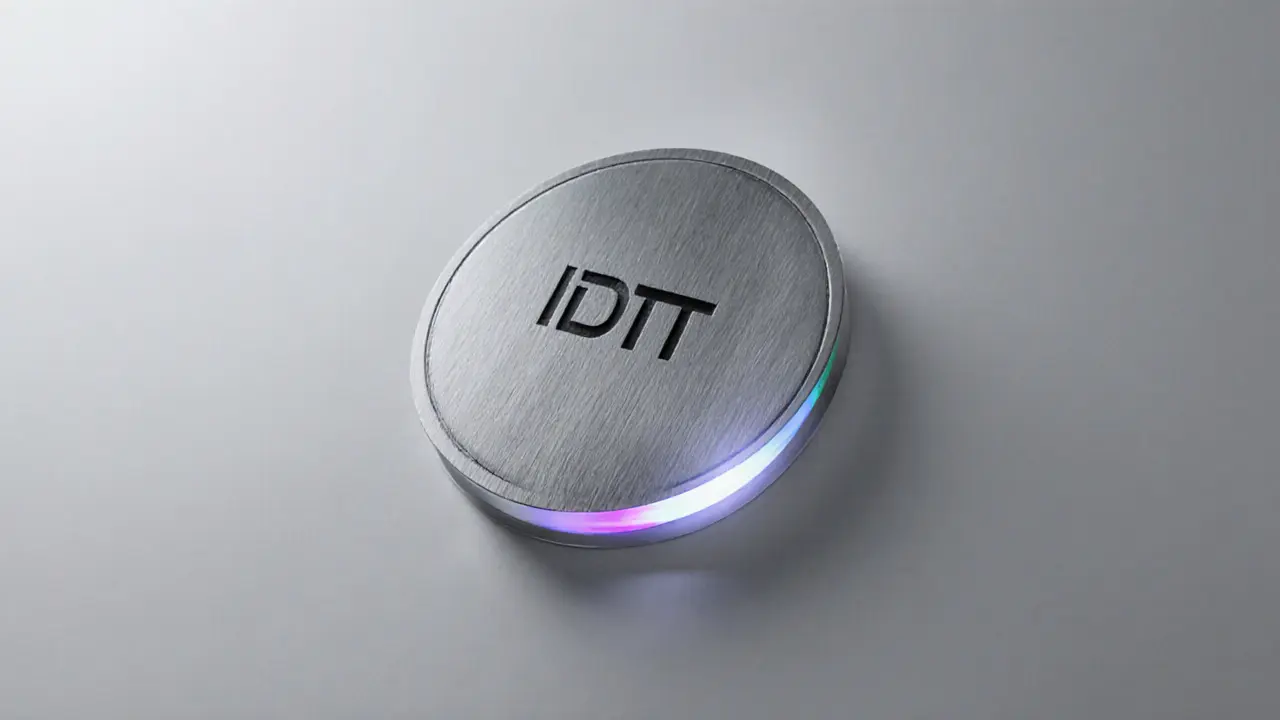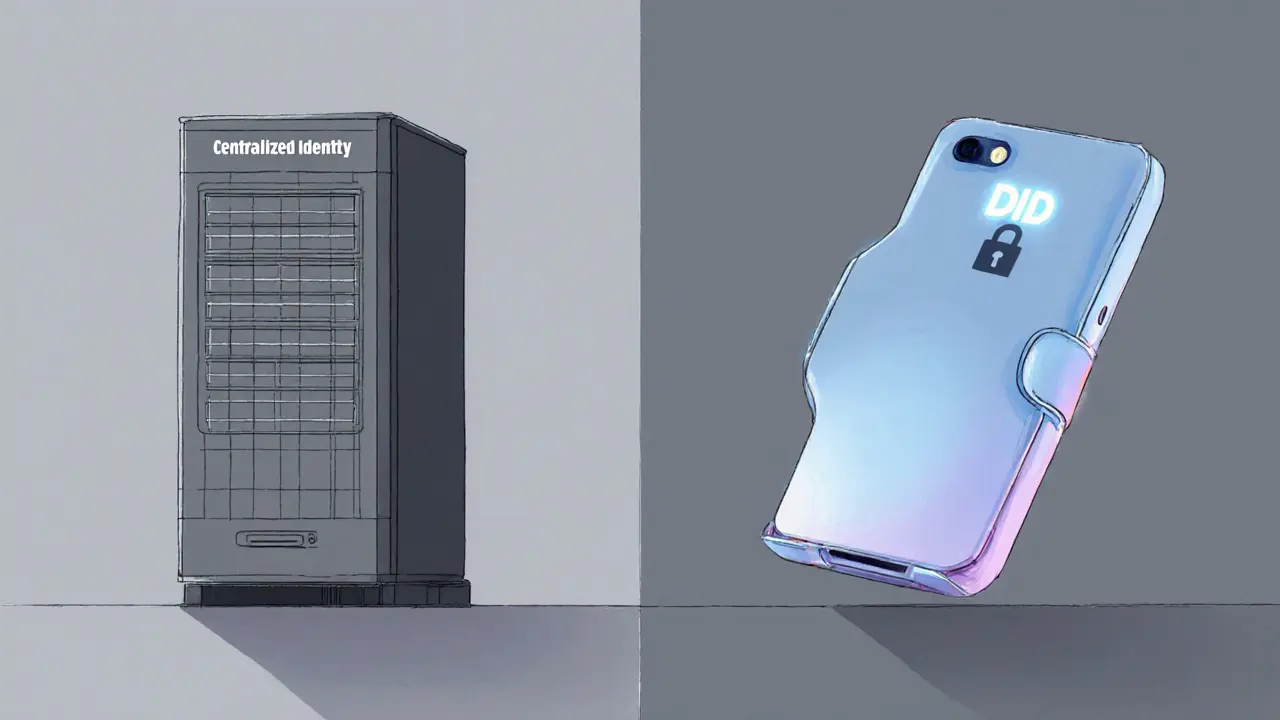Decentralized Identity: What It Is and Why It Matters
When talking about Decentralized Identity, a digital identity model that lives on a distributed ledger rather than a centralized server. Also known as DID, it lets users own and control their credentials without relying on any single authority. Blockchain, the underlying technology that provides immutable records and consensus supplies the trust layer, while Self‑Sovereign Identity, a philosophy that puts the individual in charge of their own data defines the user‑centric mindset. To keep privacy tight, many implementations add Zero‑Knowledge Proof, cryptographic tricks that prove a statement true without revealing the underlying data. In short, Decentralized Identity encompasses self‑sovereign identity, requires blockchain for security, and benefits from zero‑knowledge proof for privacy.
Key Building Blocks and How They Fit Together
First up, the blockchain acts like a public notebook where every identity claim gets a timestamped entry. Because the ledger is tamper‑evident, anyone can verify a credential without asking the issuer for permission. Next, the DID method, the specific protocol that dictates how identifiers are created, resolved, and updated determines the format of the identifier (for example, did:ethr or did:ion) and how it links to public keys. When you present a credential, a zero‑knowledge proof can prove you are over 18, for instance, without sharing your exact birthdate. This trio—blockchain, DID method, and zero‑knowledge proof—creates a flexible stack that supports everything from simple login flows to complex regulatory compliance.
Why does this matter for everyday users? Imagine signing up for a new service and instantly re‑using a verified email address, a proof of residence, and a health credential—all stored in your wallet. No more filling out forms or trusting an app with your personal data. Developers benefit too: they can build reusable identity modules, cut onboarding costs, and meet data‑protection laws with built‑in consent mechanisms. The posts on TokenFolks dive into real‑world cases like how Merkle trees ensure tamper‑evidence, how sharding helps scale DID registries, and how Byzantine Fault Tolerance keeps the underlying network reliable.
Below, you’ll find a curated set of articles that break down each piece of this puzzle. From deep dives on cryptographic proofs to step‑by‑step guides on setting up a DID on Ethereum, the collection gives you both the theory and the tools you need to start using Decentralized Identity today. Explore the range, pick a topic that fits your skill level, and get practical insights you can apply right away.

IDTT Identity IDO Launch & Airdrop Details 2025
Detailed guide on the IDTT Identity IDO launch and airdrop in 2025, covering eligibility, timeline, risks, and step‑by‑step participation.

How Privacy Works in Decentralized Identity Systems
Explore how decentralized identity protects privacy through DIDs, verifiable credentials, zero‑knowledge proofs, and user‑controlled wallets, plus real‑world use cases and future challenges.
